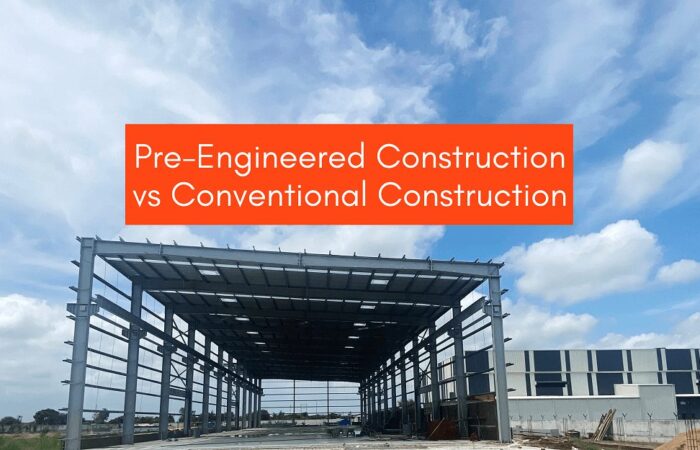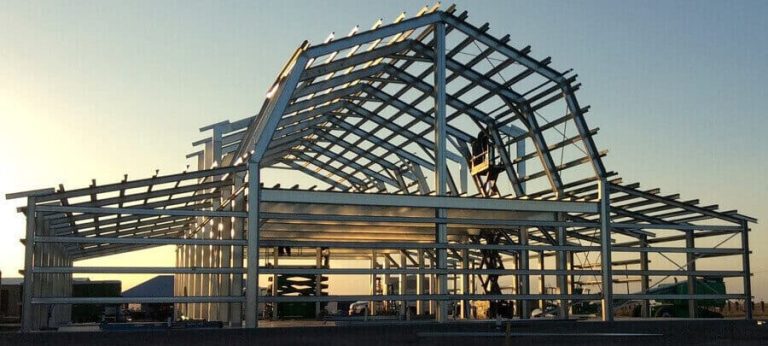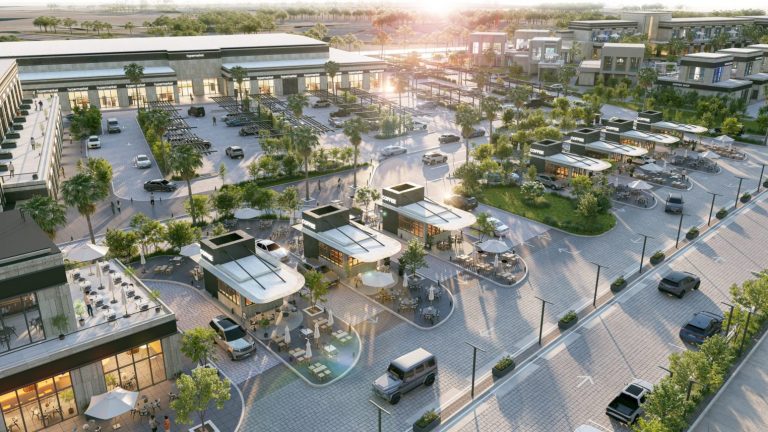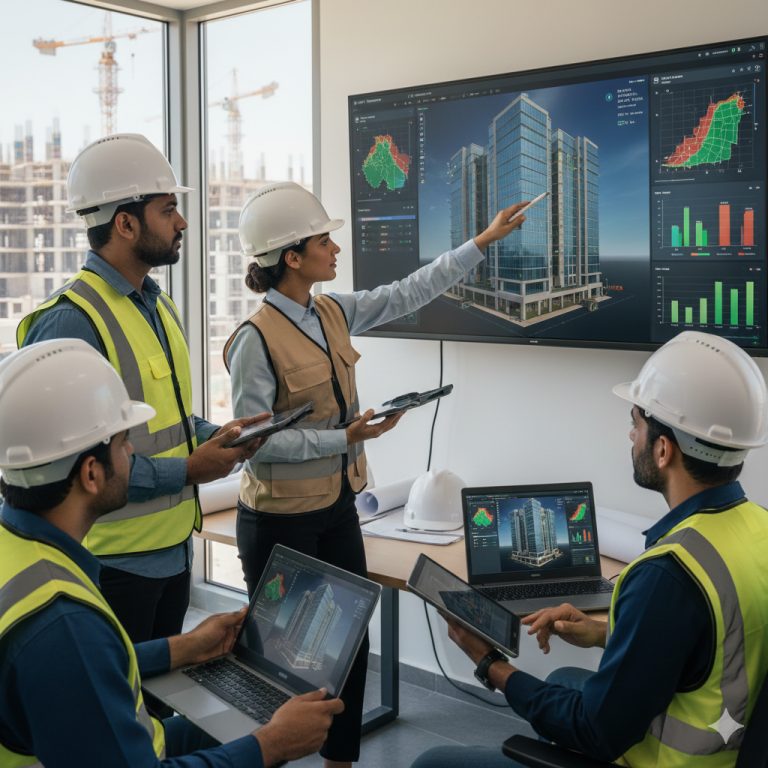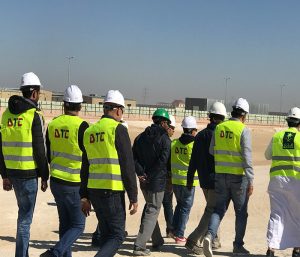Pre-Engineered Buildings: Why PEB is Preferred Over Conventional Construction Methods
Pre-engineered buildings (PEBs) have revolutionized the construction industry, offering numerous advantages over traditional methods like brick-and-mortar. From shorter construction timelines to energy efficiency and cost-effectiveness, PEBs are gaining widespread acceptance across various industries. In this article, we’ll explore why PEBs are the preferred choice for modern construction.
What Are Pre-Engineered Buildings (PEBs)?
Pre-engineered steel buildings (PEBs) are designed, manufactured, and assembled offsite, consisting of prefabricated components that are then transported to the construction site for quick assembly. The components are made using high-quality materials under controlled conditions, ensuring consistency in quality and durability.
These buildings are customizable, able to fit the unique needs of a project. Whether it’s warehouses, retail spaces, or industrial plants, PEBs provide a versatile solution that can be designed to specific dimensions, shapes, and finishes.
The Main Benefits of Pre-Engineered Buildings
Faster Construction
One of the most appealing features of pre-engineered buildings is their faster construction timeline. Because the components are pre-fabricated in a factory, construction times can be dramatically reduced. Instead of waiting for lengthy onsite assembly, the building is designed and assembled efficiently, cutting down on labor time. For industries looking to get operations up and running quickly, PEBs offer an invaluable time-saving solution.
Cost Savings
With pre-engineered buildings, you’ll save money in several ways. First, less time spent on construction means lower labor costs. Additionally, PEB components are produced with minimal waste, making them more cost-effective than traditional materials like bricks or cement. The ability to pre-fabricate the structure in a factory-controlled environment also allows for better resource management, reducing costs linked to material waste and errors during construction.
Furthermore, reduced construction time helps lower indirect expenses like construction management fees, site supervision, and temporary facilities.
How PEBs Differ From Conventional Buildings
Reduced Labor Requirements
Traditional construction methods require skilled labor for many of the intricate tasks involved in bricklaying, carpentry, and plumbing. However, with pre-engineered steel buildings, much of the work is automated. The prefabricated components are designed to fit seamlessly during assembly, so less skilled labor is needed onsite.
This shift in labor requirements not only reduces the costs of the project but also minimizes the risk of errors and delays that can arise with human labor. The factory environment allows for precision and standardization, ensuring each piece fits perfectly into the structure.
Greater Energy Efficiency
PEBs are designed with sustainability in mind. These buildings can include energy-efficient materials such as insulated panels and reflective roofing systems that help reduce heating and cooling costs. The airtight design of PEBs ensures better energy performance compared to conventional buildings, which can sometimes suffer from air leaks, inadequate insulation, and inconsistent construction methods.
The environmental advantages also extend to the materials used, which are often recyclable and contribute to reduced environmental impact.
Durability and Longevity of PEBs
One of the top reasons pre-engineered buildings are becoming the go-to choice is their unmatched durability. Steel, the primary material used in PEBs, is known for its strength and resilience. Whether it’s heavy snowfall, high winds, or even earthquakes, PEBs are engineered to withstand extreme weather conditions and natural disasters.
Conventional buildings, especially those made of brick or concrete, may require frequent maintenance or repairs over time. PEBs, on the other hand, offer long-term reliability with minimal upkeep.
Flexibility and Customization
Another advantage of pre-engineered buildings is their flexibility. PEBs offer immense customization options that cater to specific industry requirements. Whether it’s open floor plans for warehouses, multi-story office spaces, or specialized machinery setups, pre-engineered structures can be designed to accommodate a wide variety of needs. In fact, PEBs can be designed for future expansion, making it easier to scale operations without major reconstruction.
Ideal for Warehousing
Warehouses are one of the most common applications of pre-engineered buildings. Warehousing requires open, large-span spaces to store goods efficiently, and PEBs excel in this regard. The modular construction allows for expansive storage areas without the need for supporting columns that could reduce usable space.
Additionally, warehouses constructed using PEBs are easier to expand and modify as business needs grow, ensuring flexibility over time. The cost savings and quicker build times also make PEBs ideal for distribution centers and logistics hubs that require fast deployment.
Why PEBs Are the Future of Construction
The construction industry is evolving, and pre-engineered buildings are at the forefront of this change. With increased demand for cost-effective, sustainable, and efficient structures, PEBs provide the perfect solution for modern construction challenges.
In regions like Saudi Arabia, where climatic conditions and rapid development require durable and versatile building solutions, PEBs have gained significant traction. The ability to withstand high temperatures, heavy rains, and sandstorms makes these structures ideal for the Middle Eastern environment. Companies looking for long-term, reliable infrastructure are increasingly turning to pre-engineered buildings for everything from industrial plants to commercial retail spaces.
Conclusion
Pre-engineered buildings offer an array of benefits that make them the preferred choice over conventional construction methods. From time savings to cost-effectiveness and long-term durability, PEBs provide a modern, sustainable solution for industries across the globe. Their flexibility, energy efficiency, and ability to withstand environmental challenges make them a standout option for businesses looking to future-proof their infrastructure.
By choosing a pre-engineered steel building, you’re not only investing in a quicker, more affordable construction process but also in a structure that is built to last and can adapt to your growing needs.
PEBs are redefining the construction industry, and as more companies recognize the benefits, they are quickly becoming the standard for efficient, high-quality buildings.

